|
去年聖誕節前,女兒在西雅圖因為天寒地凍航班取消了回不了家。記得那晚(12/23),我怕她一個人在家太孤單,便在微信裏和她聊天,問她,在忙什麽?她說"在家看電影,收拾,打圍巾"。看到"打圍巾"三個字,我心裏咯噔一下。心想,什麽時候小狗學會new tricks了,腦子裏浮現的卻是她從前手拿毛衣針,笨手笨腳地一針一線地繞著學織毛線的畫麵。女兒隨後傳給我Tiktok裏的一些鉤針的視頻,還加了一句,"回家,給你鉤土雞的帽子。"
我半信半疑。我的女兒,原來是紐扣都不會縫的一個人,什麽時候學會了編織鉤帽子了?
聖誕後從Las Vegas回家後,她沒有忘自己說過的話,拉著我去商店買毛線,買相應大小的鉤針。想著她在家就幾天功夫,要出去玩,我也不想她花太多時間在這上麵,便建議她買點其他顏色的毛線(我的土雞帽暫緩),鉤點小東西,試試手便好。
回到家才發現女兒的鉤針技術早已超過我了。我隻會用有"舌"的鉤針,而她用起無舌的鉤針得心應手,非常嫻熟。我大讚之餘便問她,哪裏學的?
答:網上看video自己學的。答完,還加了一句,"媽媽,以前讓你教我打毛衣,你說,這些沒什麽好學的,浪費時間。"
是的,我確實說過這樣的話,總覺得年輕人應該學些有用的東西,務正業,把時間花在刀刃上,站在時代的前沿,不斷地進步進取。記得她高中最後一兩年,我為了她專心學習,不僅大包大攬所有的家務,甚至連她送同學的生日禮物都是我找包裝紙替她包好的。回頭看,我是錯的,我不僅剝奪了她學習成長的機會,而且還剝奪了本該屬於她的一些生活樂趣。
原以為,隨著現代機械化的高度發展,手工鉤織編織這些隻會越來越淡出人們的視線,隻能是家庭婦女,退休老太太的業餘愛好,飯後消遣。殊不知,時代/時尚/總是交替輪回地向前發展,人們既創新又懷舊。在如今的抖音上,鉤針走紅了而且很火爆,竟然是年輕人非常崇尚的一項手工活,視頻的點擊率非常高。再放眼看看抖音,裏麵充斥了各種各樣"不入流","不務正業"的東西,它們不僅成了"潮流",成了"正業",而且還給那些製作人帶來了可觀的收入。
那幾天,看著她低著頭在台燈下鉤針,說心裏話,我覺得這時間不如去鍛煉身體,去打球,去跑步,這樣久坐,她會不會像當年的我織得腰酸背痛,手腕也酸疼的? 不過這個顧慮我始終沒有說出口。
想起自己在她成長過程中犯下的錯,提醒自己不能一錯再錯了。人的一生很短又很長,讓她去嚐試各種各樣的新鮮事物,讓她自己去判斷,哪怕我覺得這是在浪費時間,也要讓她自己得出她的結論。更何況時間有時候不就是拿來浪費的嗎? 我們做父母常常以"我們吃過的鹽比你們吃過的飯還多"而自居,在他們的成長過程中,扶著、牽著、推著他們向前走,替他們做主,以為這是在為他們好。卻不知,我們自己的經驗目光都是有局限,退一步說,即便我們是對的,即便我們的出發點和願望是好的,這樣的"好心"卻有時又會適得其反--讓孩子失去犯小錯、從錯誤中學習的機會,等待ta的或許是更大的錯誤。人不走點彎路不去經曆點挫折怎麽會成長? 隻有自己跌倒了才會知道疼,才會引以為戒,才會進步。
所以,我一改原先的我,盡管心裏並不十分支持,還是高高興興地陪她去買毛線鉤針,陪她去圖書館借鉤針圖案的書,走之前,還把家裏剩下的毛線都讓她帶走,平日電話裏還會問及鉤針的進展。
一日,我在美國的拚多多temu上訂購東西,看見temu上的鉤針價格是附近商店裏賣的價格的1/5,還看到各種花色的毛線賣,便把link發給她。不料,她回複說,她不想家裏堆著太多鉤針毛線之類的東西。
聽罷,我又有點感慨,孩子自有自己的判斷,我不必擔心她會沉迷於此。其實我隻需學會放手,學會讚美,學會做一個的聽眾/觀眾,學會做她的知己。而這些我明白的是不是太晚了些?
這是女兒今天發給我的,我說過我會把她的這個手工品放在我的博客裏的,以示我的支持。她的這個鉤針背包,上麵一塊塊正方形的是鉤好以後再縫合在一起,得花費不少功夫的。最後她用僅有的剩餘的線鉤了兩根帶子,獨立完成了她人生中的第一個鉤針手工品。
(還有一條有小狗圖案的圍巾還沒有完全鉤好,待續)。(這個袋子需要熨一下會更平整美觀些,下次讓她帶回家來。)
無獨有偶,今日(2/12)收到她從微信上發來的圖片後,我去附近商場買東西,發現周日的mall很熱鬧,馬路中央的一條通行道臨時被攔起來,擺著十幾家攤位,我好奇地走進去,一個個攤位看過來,居然發現有三四家是賣手工鉤針產品的。驚喜過後,征得攤主同意,拍下這些可愛的照片,分享給遠方的女兒。
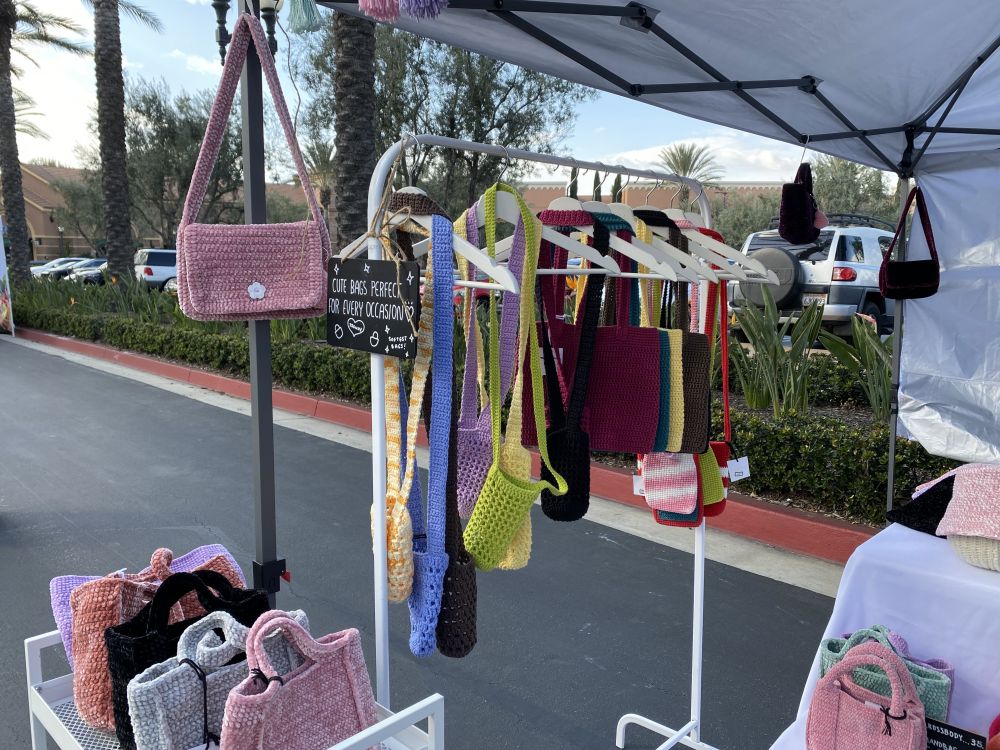
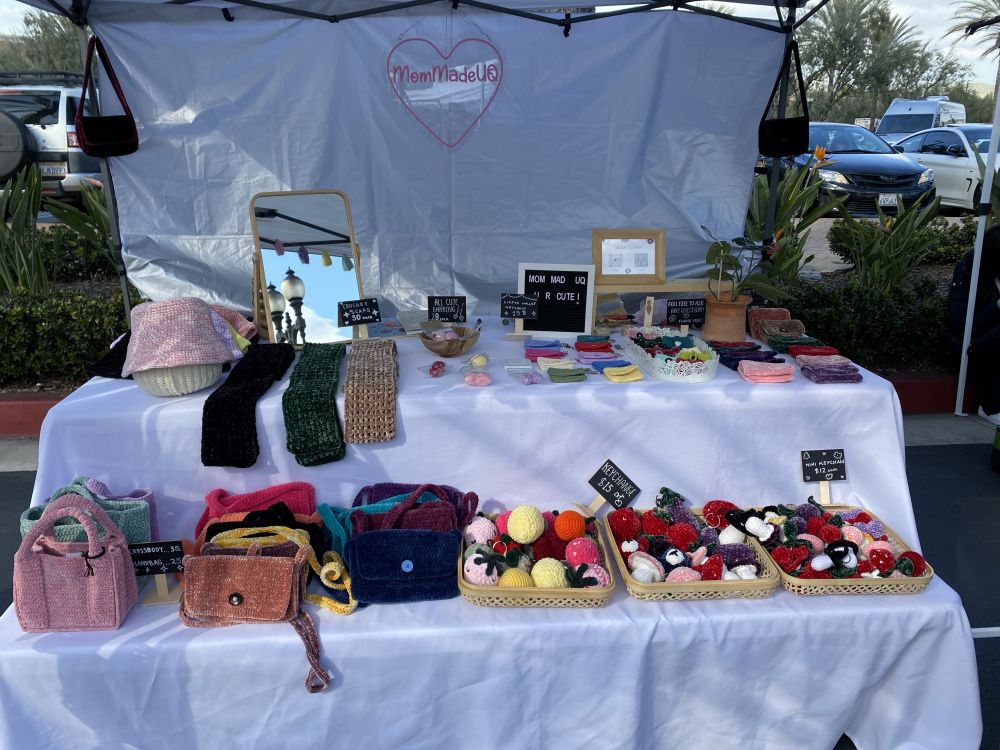
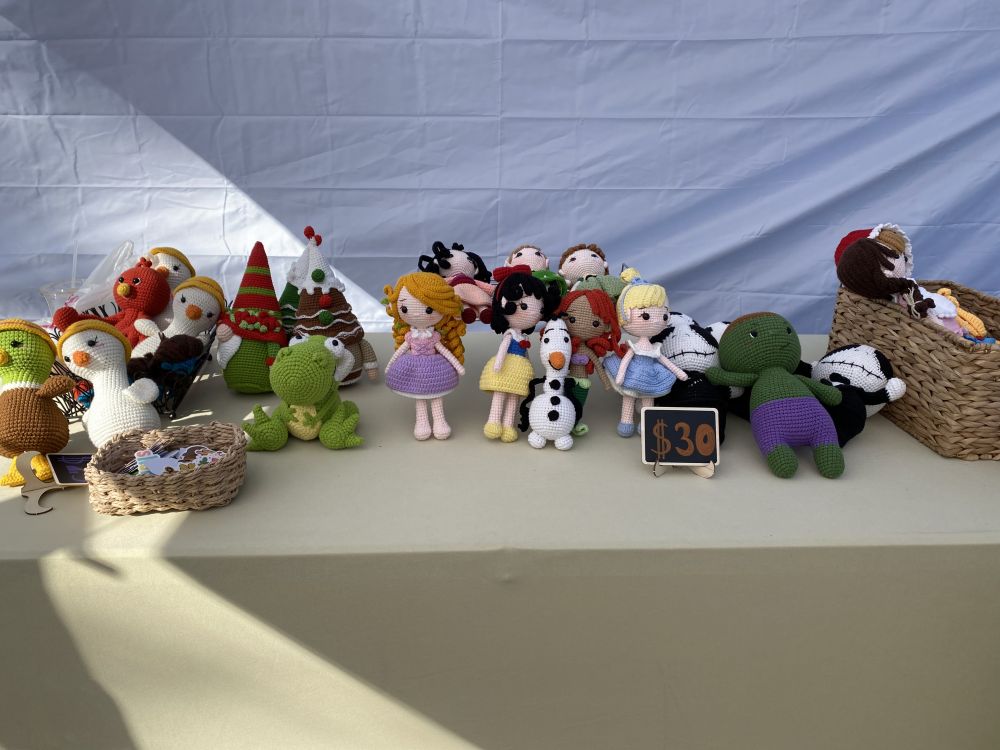
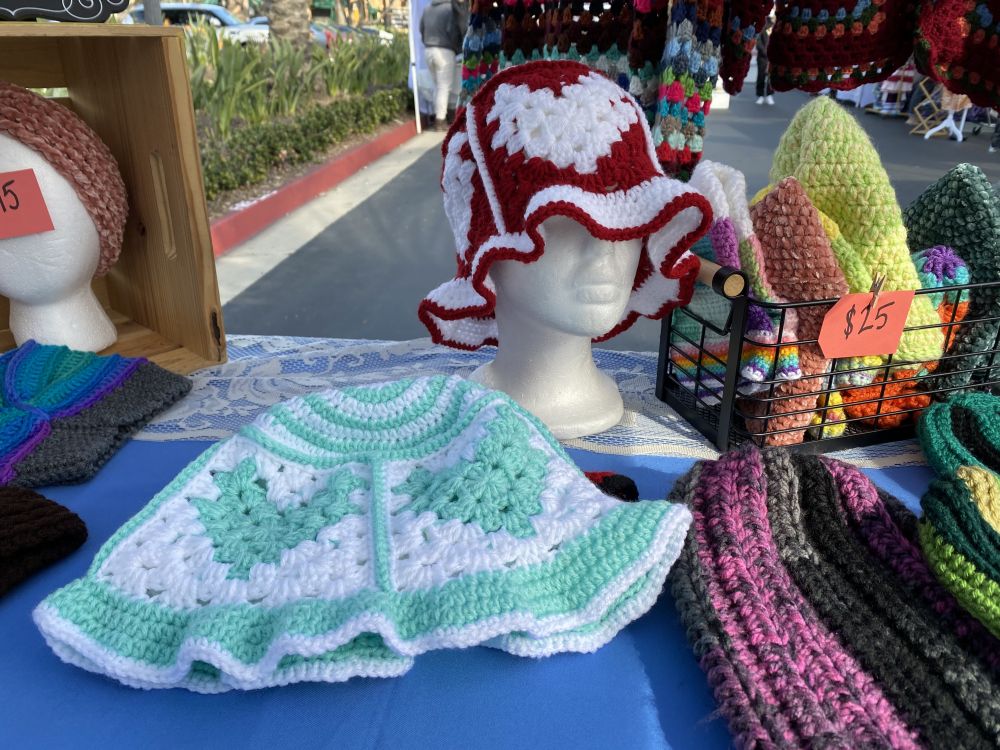
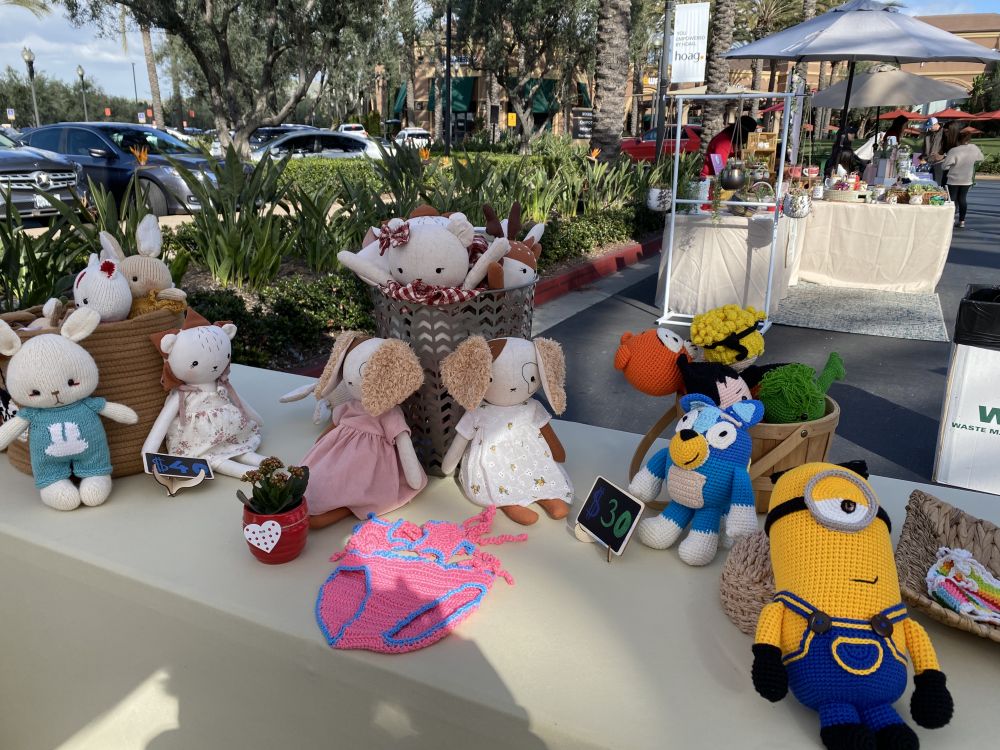
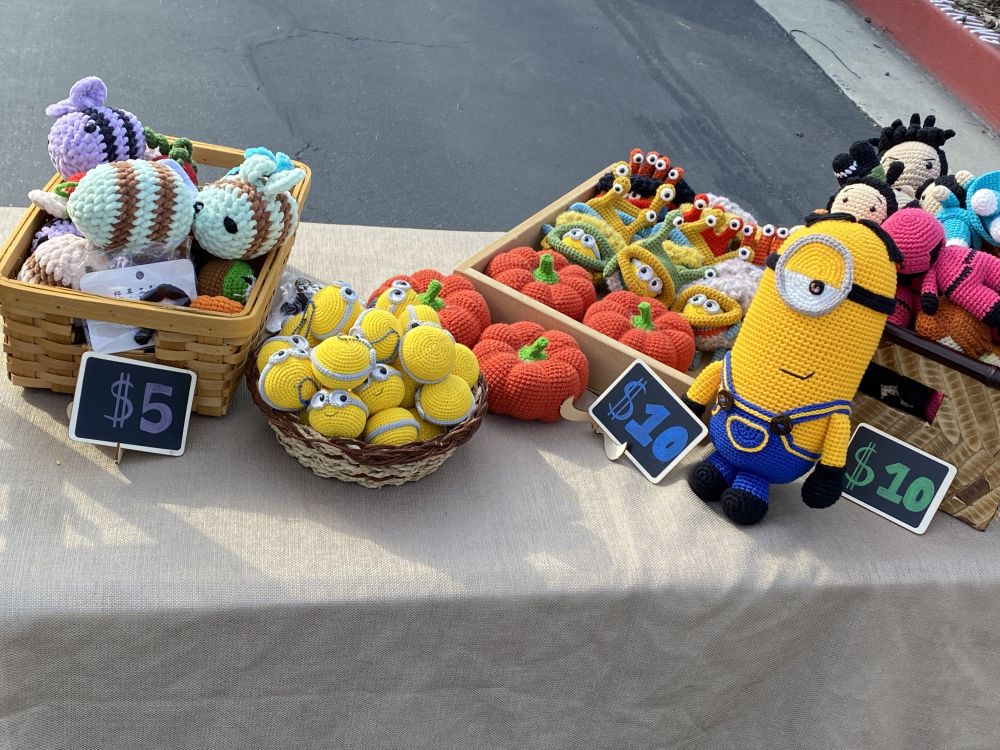
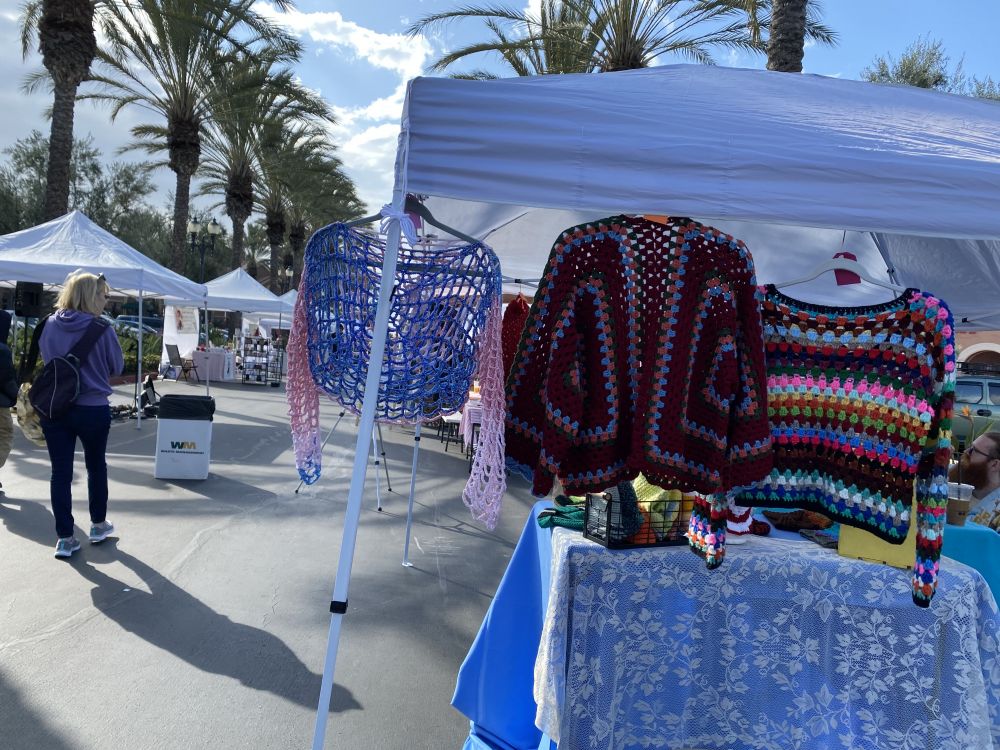
The little dog learns a new trick
Em picked up crochet and knitting in her teens, when China was in the dawn of an opening era. Living in the age when supply and materials were in great scarcity and large-scaled machine production was still remote, people were subject to hand-make almost everything, from food to clothes, from furniture to toys. But decades later, when machine making trumps in the world, when machine learning is what people are fascinated with, when a robot can do most of jobs, able to even write a poet, we would think that handmaking would retreat and one day go non-existent. Fortunately this is not the case. It still holds its distinctive place in the evolving world.
J was never taught how to do knitting or crochet. When she, in her twenties, asked her mom Em to teach her, Em gave it a shrug, telling her disparagingly that it would be a waste of time to learn. Industrialization saves labor and time and solves every of our need, efficiently. Why bother and revert to time-consuming manual work?
Em was proved wrong this time. J came home this winter and showed her the fad on Tiktok, along with her self-taught skill: crocheting. One night, Em found back her old-style crochet needle, sat by J, and primed for any question. Under the lamplight, J leaned against the bed rail, her nimble fingers crisscrossing the yarns adeptly, her face glowing with confidence and gratification. When a single straight thread turned to be interlocked with beautiful flowery patterns, Em knows that her girl, who did not even know how to sew a button, surpasses her, blossoming into a handy person who has learned a new trick without her presence.
Em concludes that the world is not just progressing linearly forward but sometimes regressing a bit. People are nostalgic, and come back to hold on to things that are dear to their ancestors. Good things are never to be forgotten, Em thought to herself.
In a sense, crochet is like an artwork, an expression of identity. Girls would delight in putting on what they create by their own hands -- a scarf, a bag, a toy or a sweater, to declare to the world that they are what they wear, and that their life could be dyed just as colorful as yarns.
|